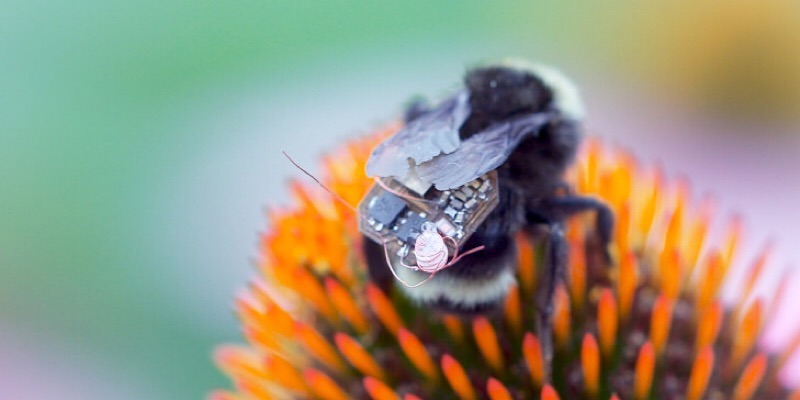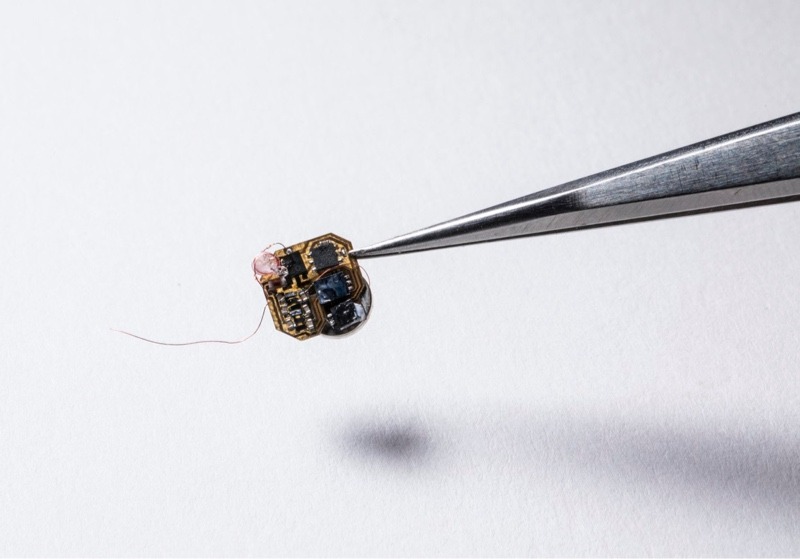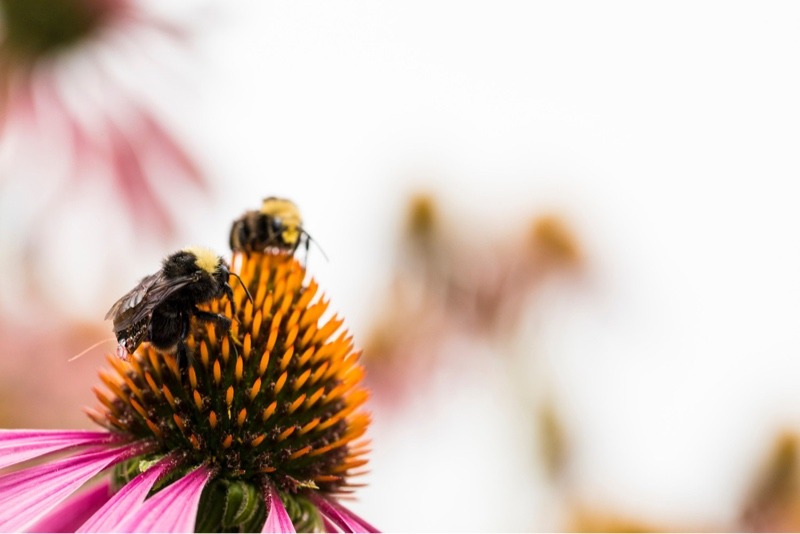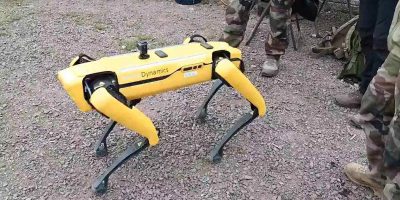
We’ve heard a lot about drones in the past few years, as they can do so many things. Tiny drones share a certain struggle, though, as it’s difficult to keep them in the air for a certain length of time.
A new project has suggested a living alternate. What the tiny drones were lacking was flying experience, so they turned to something that was tiny and flew throughout the day, bumblebees, and equipped them with tiny IoT backpacks to collect the necessary data.
Bumblebees Wearing Backpacks
It sure sounds silly, doesn’t it? Regardless, this is a real proposal to collect data from real bumblebees who just happen to be outfitted with tiny backpacks. They would be used to check fields and crops.
Much of this data is collected manually right now, leading to the desire to get drones to do the work. However, this effort was experiencing difficulties.

University of Washington engineers led by Shyam Gallakotta designed a “Living IoT” backpack for bees to wear to help collect this data. These backpacks are a small wafer that includes electronics and a small battery. Gallakotta stated the engineers were careful to “follow best methods for care and handling” of the insects.
This led to the backpack being engineered to be as small as possible. While other research has tried outfitting bees and other insects with RFID antennas, the backpack research is more advanced.
The backpacks have sensors and an integrated battery that allows it to run for seven hours straight, but it only weighs an astonishing 102 milligrams.
Adult bumblebees can weigh two to six times that and can carry seventy-five percent of their body weight when carrying pollen and nectar back to the hive. This makes the backpack fit within an acceptable weight for them to carry.
“We showed for the first time that it’s possible to actually do all this computation and sensing using insets in lieu of drones,” Gollakotta said in a news release.

“We decided to use bumblebees because they’re large enough to carry a tiny battery that can power our system, and they return to a hive every night where we could wirelessly recharge the batteries.” The data is collected at that point as well.
Regarding applications for these tiny researchers, the news release’s co-author, Sawyer Fuller, says, “It would be interesting to see if the bees prefer one region of the farm and visit other areas less often.”
“Alternatively, if you want to know what’s happening in a particular area, you could also program the backpack to say, ‘Hey bees, if you visit this location, take a temperature reading.’ ”
Furthermore
The bees aren’t doing any actual work just yet, as the backpacks are just in prototype at this time. I guess you could say they have some time yet before they have to become “worker bees.”
Do you think using the bees is a good solution to the tiny drone problem? Or do you think we shouldn’t use them to work for us and do our dirty work? What do you think of the bumblebees wearing tiny IoT backpacks to collect data? Let us know in the comments.
Image Credit: TechCrunch
Get the best of IoT Tech Trends delivered right to your inbox!









